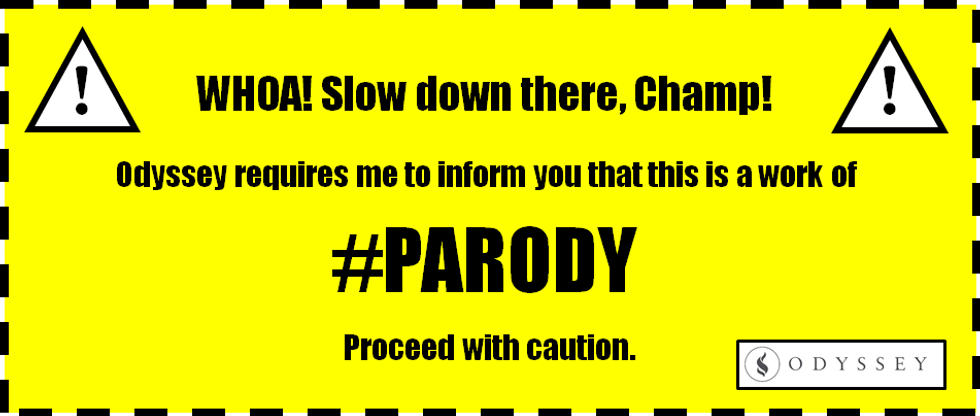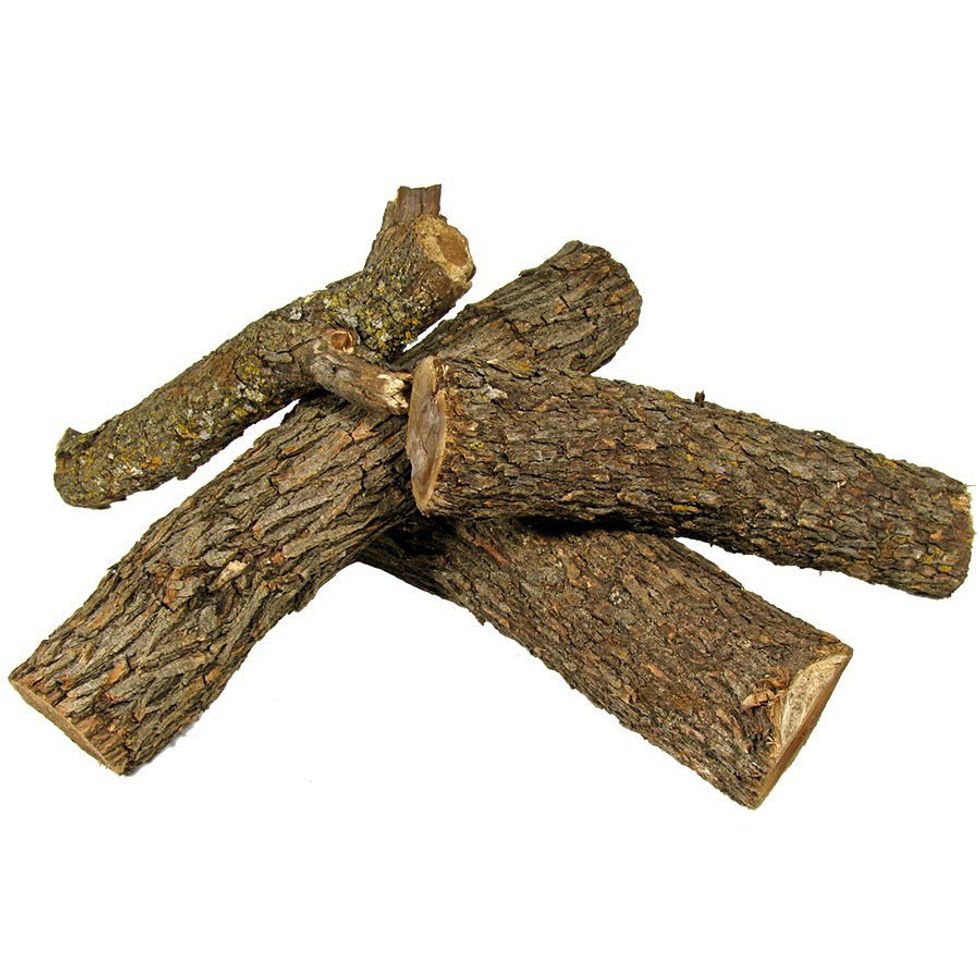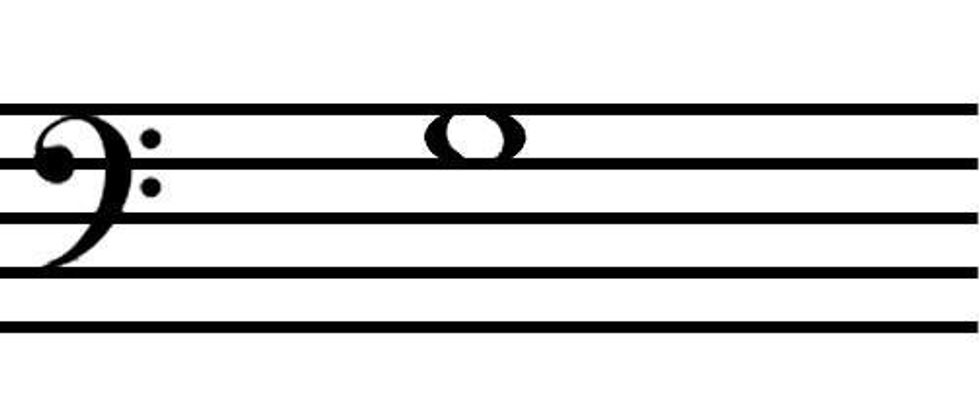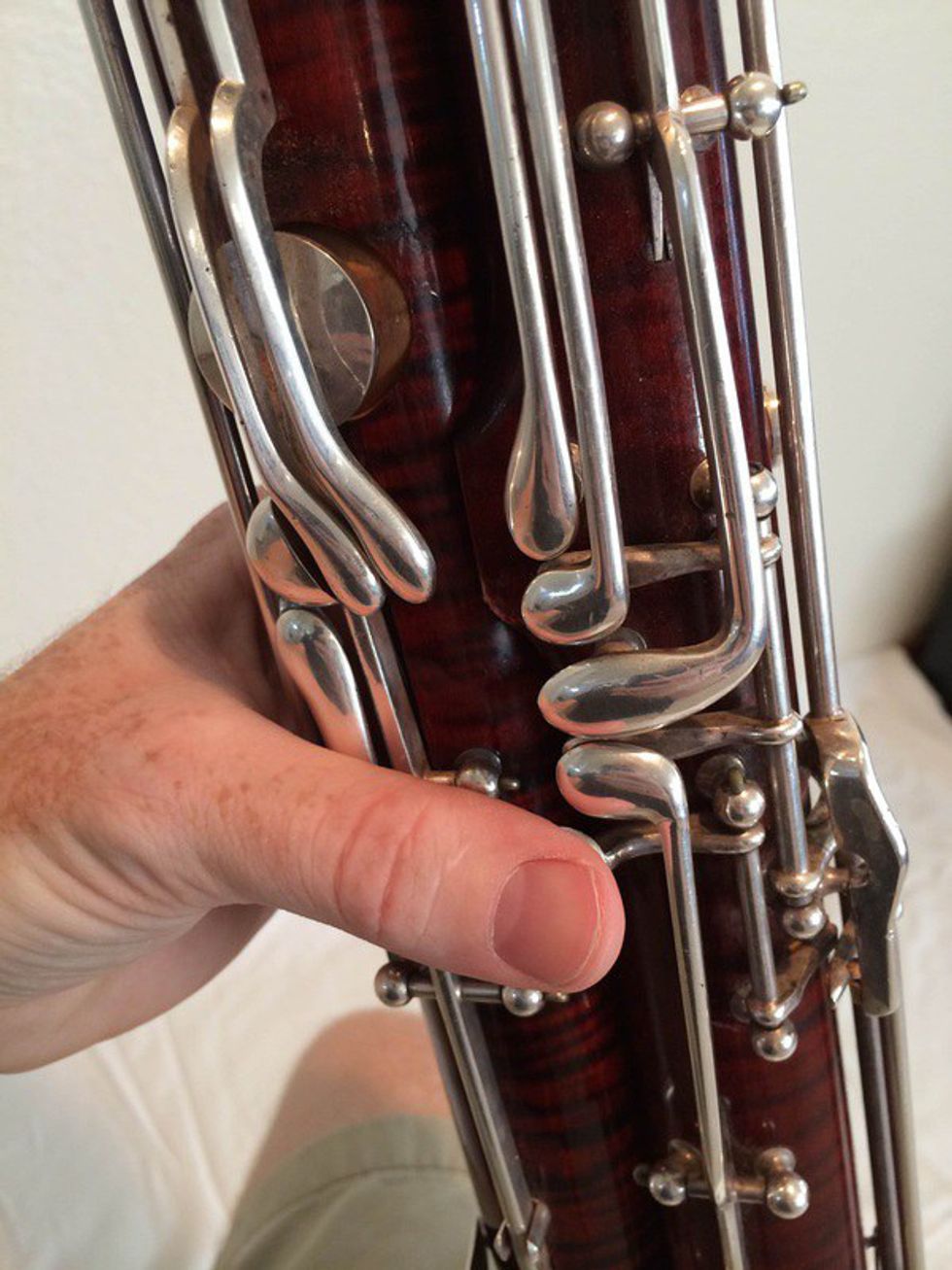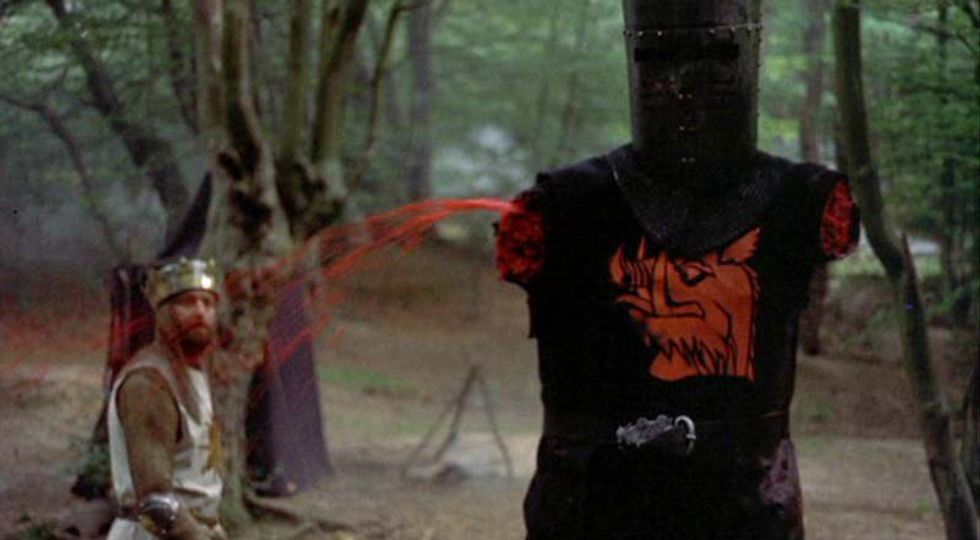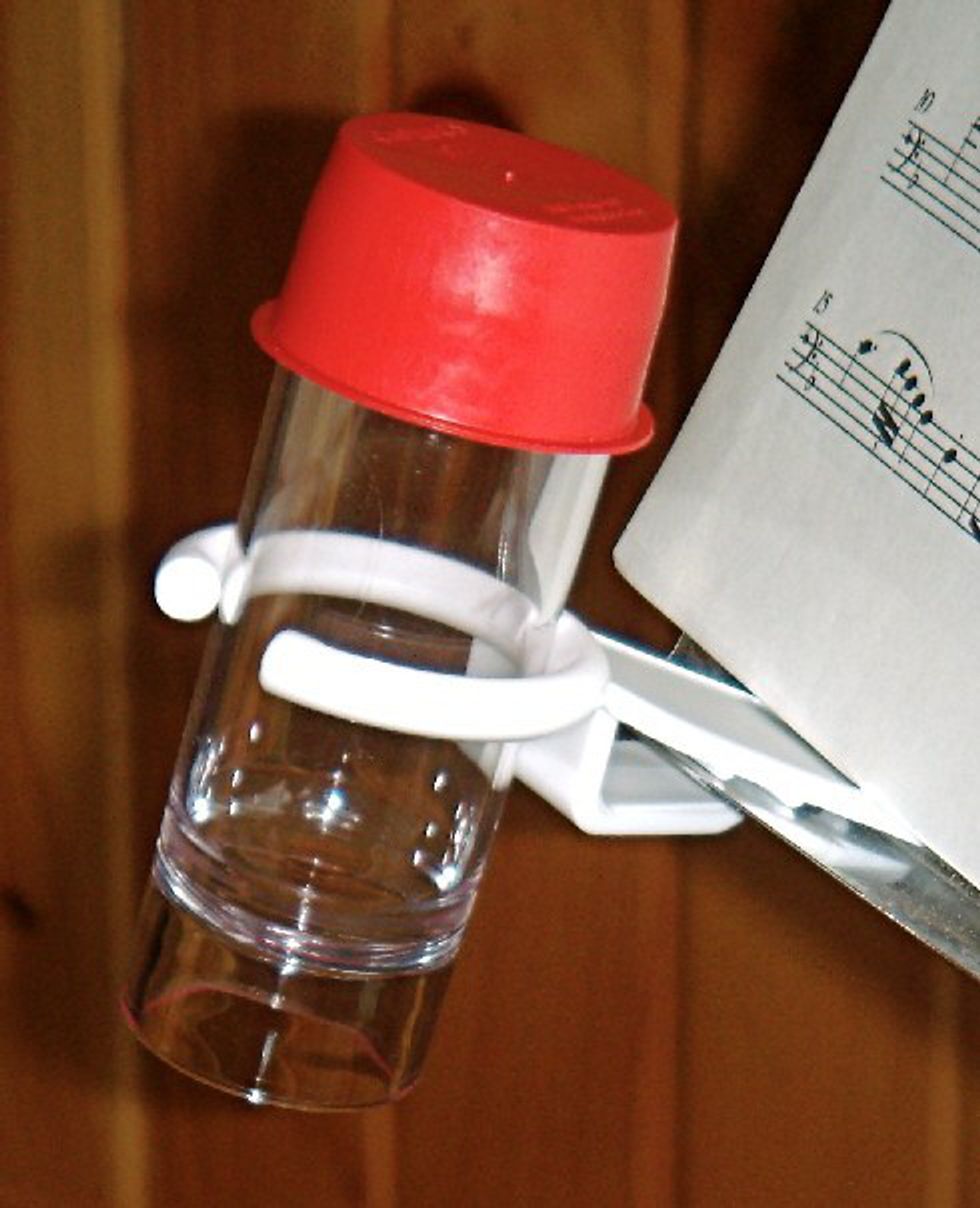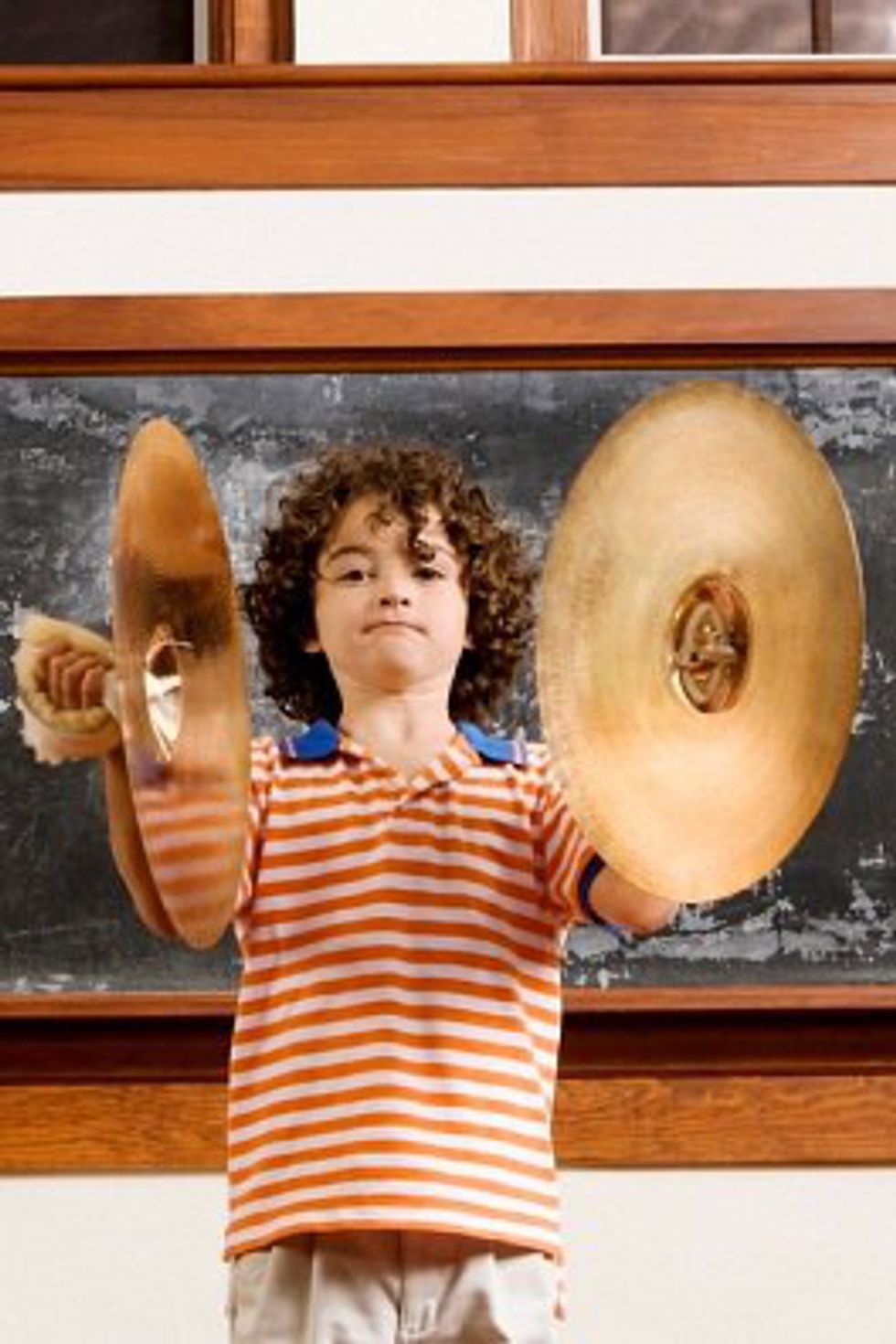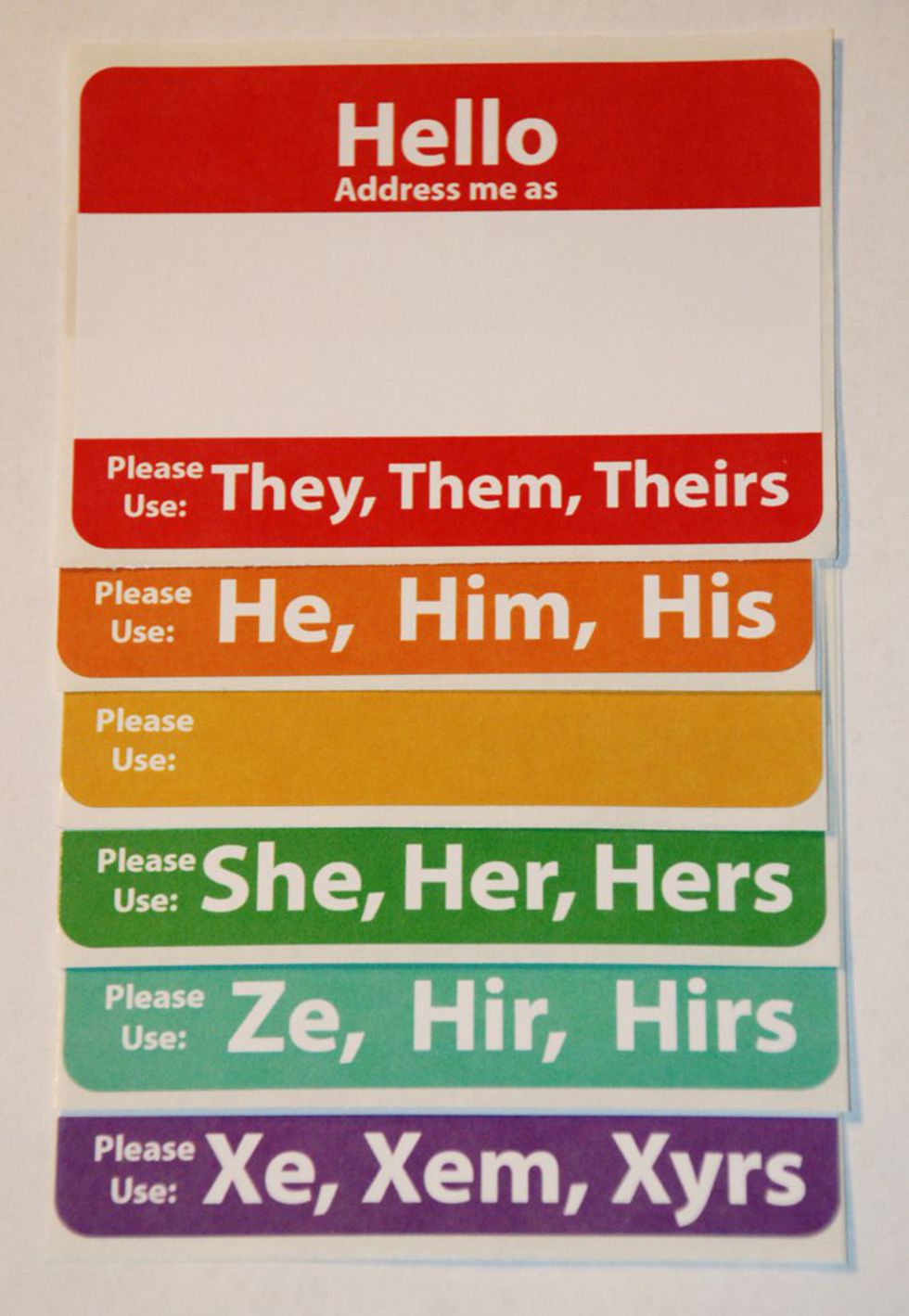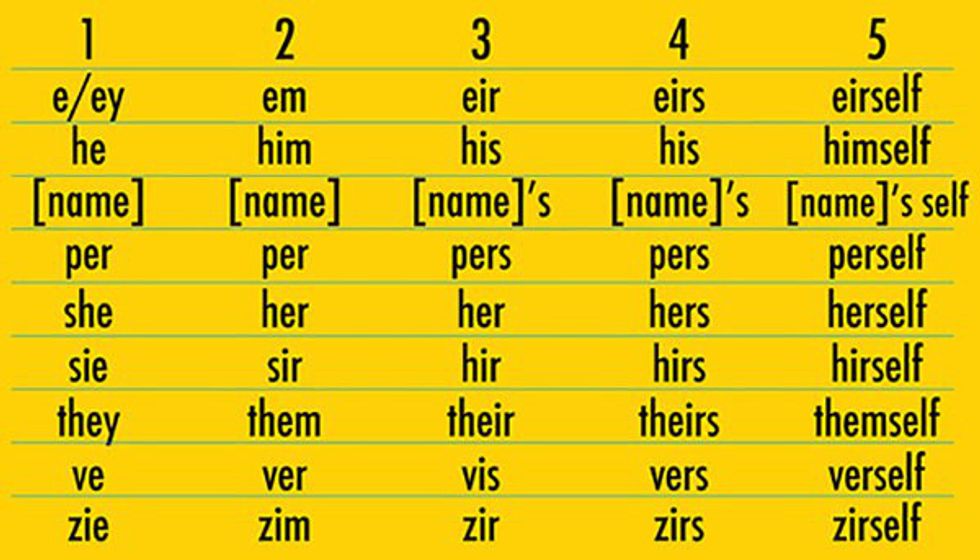The bassoon - or as some like to call it, the grand wooden pipe of musical glory - is a musical instrument that few have heard of and even fewer know how to play. Individuals who have made the masochistic decision to play the bassoon all share a collectively unique experience. From one bassoon player to the rest of my cult members, these are 7 things that only bassoon players will understand.
1. Putting together your instrument.
Sometimes bassoon players envy the brass instrument players (see also; the untouchables). They just open up their instrument cases and pop on a mouth piece. Every bassoon player remembers the struggle of opening a bassoon case for the first time to see four roughly cut logs and a power drill, and having no clue what to do with all of the metal keys. But after practice, most seasoned veterans only have to peek at the manual once. Maybe twice.
2. G3.
There are many notes that bassoons of all kinds don't play very well. Read up here if you don't believe me. G3 is one of those tricky notes that makes every bassoon player vomit a little bit into their bocal when they see it. Only bassoon players will understand the struggle it takes to get this note in tune. We understand the effort it takes to alter your embouchure, stead your breath support, use special fingerings and most importantly make sure your bell is pointed to magnetic North.
3. Using the whisper key.
The whisper key, the key that the model above is pressing down, is a very important key on the bassoon. It helps anchor notes to the appropriate register, and can offer helpful suggestions for trill fingerings. All bassoon players remember the first time they pressed it down. Most remember holding their ear to the bell of their bassoon to hear the whisper key offer soft advice on how to get from that b flat to a flat with ease! Some advanced bassoons will even advise you on how to stagger the breathing in a group!
4. Making reeds and cutting yourself with the razor blade.
Understanding of this point might bleed over to other double reed players, pun intended. Double reeds can be expensive! One way to offset the cost of reeds and personalize your sound a little more is making your own reeds. Making reeds can be fun! But it can also be dangerous with the sharp blades you have to use. It may have seemed crazy the first time you were told that you needed human bone for the reed bindings, but now you know how much better it is than store-bought reed bindings.
5. Neck straps.
Now I know what you're thinking. "Other instruments play with neck straps! What about saxophones?!" (see also; overpriced kazoos). With bassoons, it's different. Not all bassoon players play sitting down, and not all bassoon players play standing up. The personality of the bassoon chooses what position works best. Every bassoon player remembers that time they tried going against a new bassoon's wishes. The stomach splinters take forever to heal.
6. The reed water.
Don't drink it. Even if you're thirsty. Take that pill dry if you have to. Even if Stephanie says she'll give you five dollars. Do not drink the reed water.
7. Playing the cymbals.
Bassoons players aren't always lucky. Sometimes a piece doesn't have a bassoon part. Sometimes your reeds all catch fire. Sometimes your bassoon wants to rest for the day and won't let you play it. These are a few of the reasons all bassoon cases have a false bottom that when removed, reveal a pair of auxiliary cymbals.


